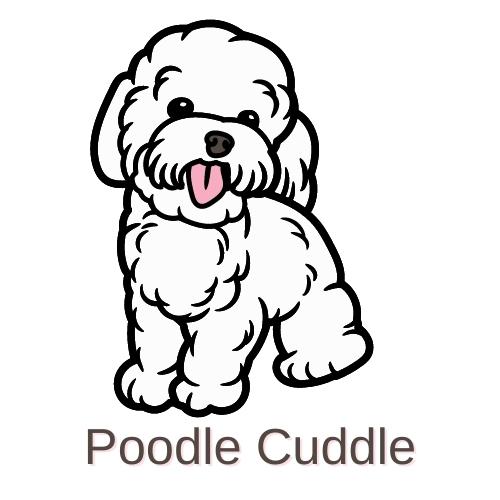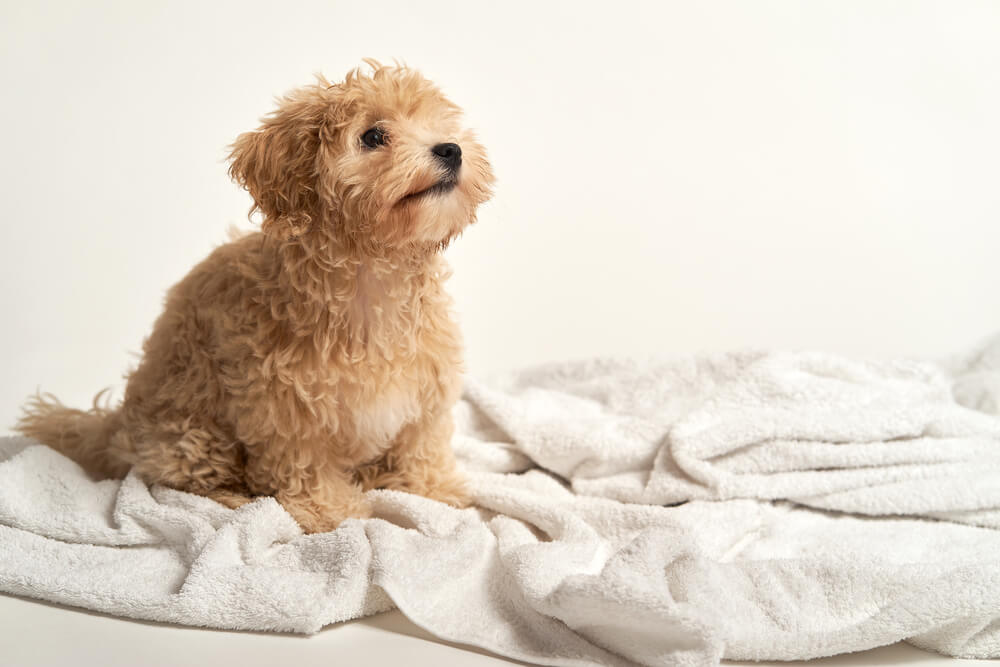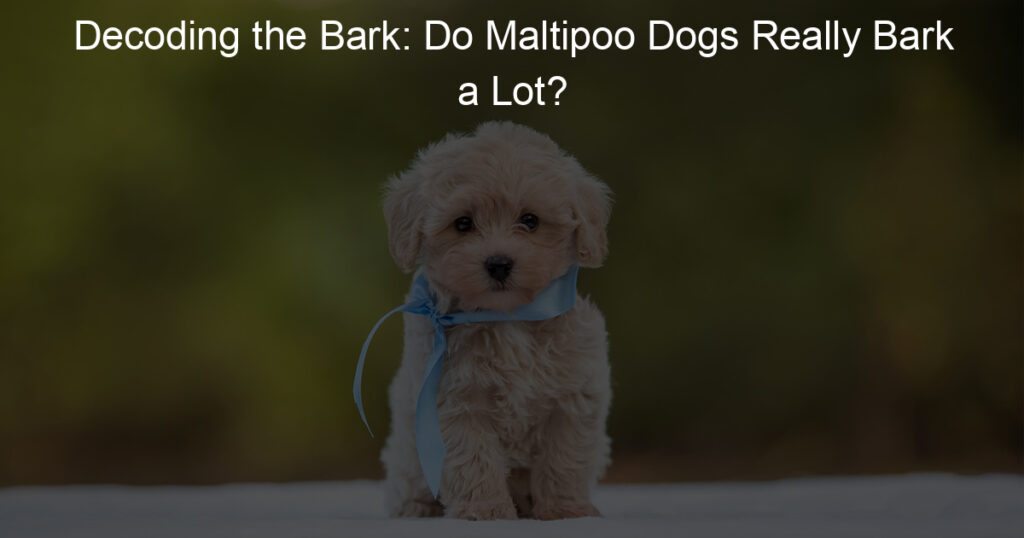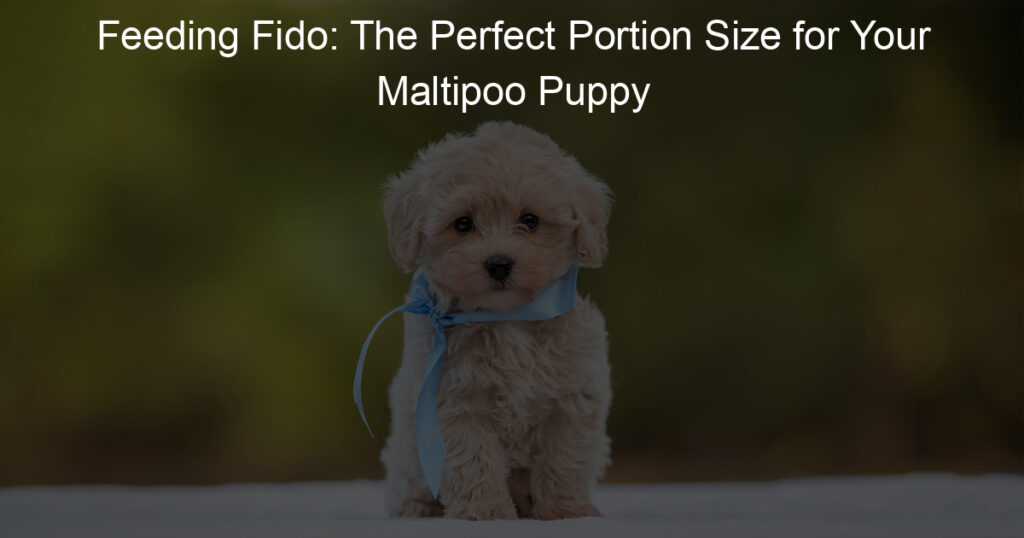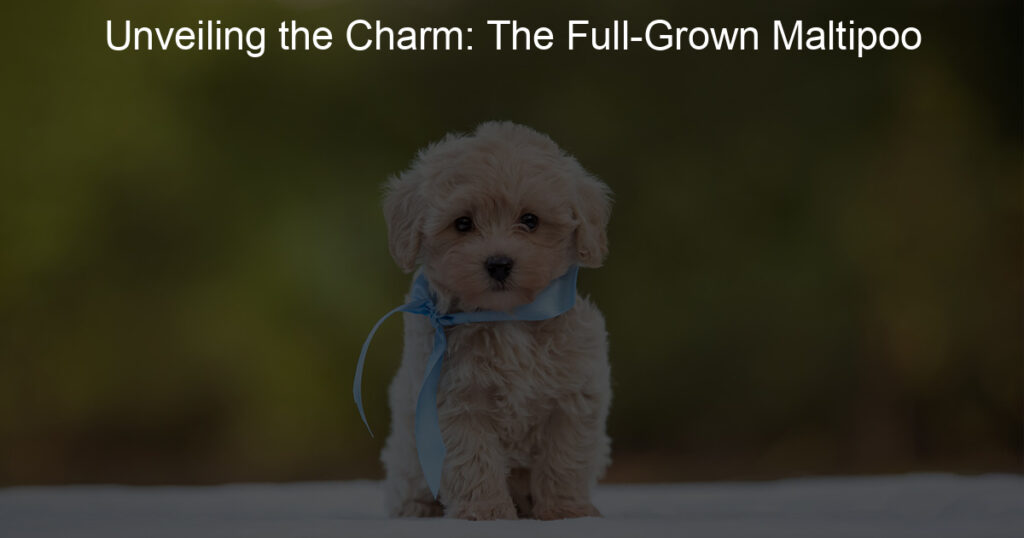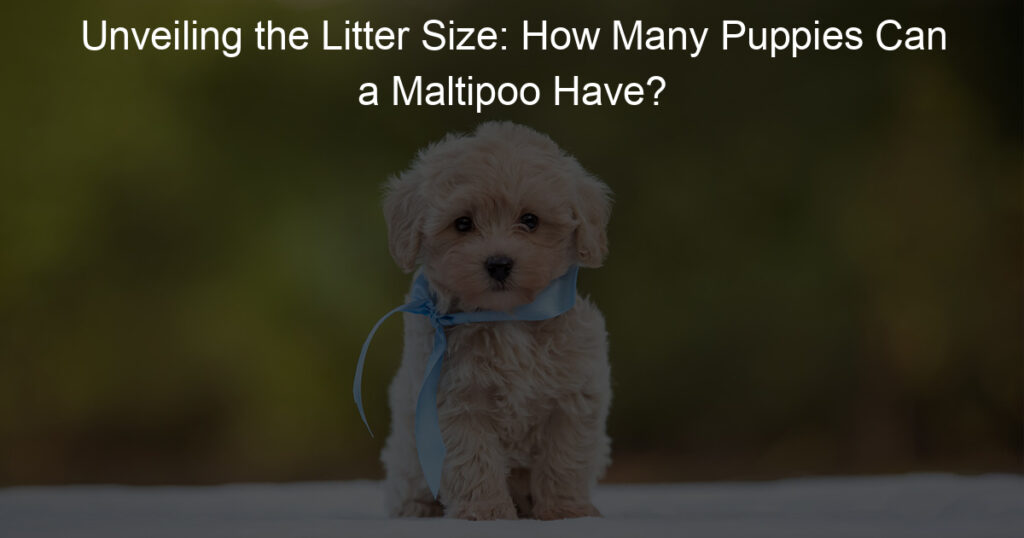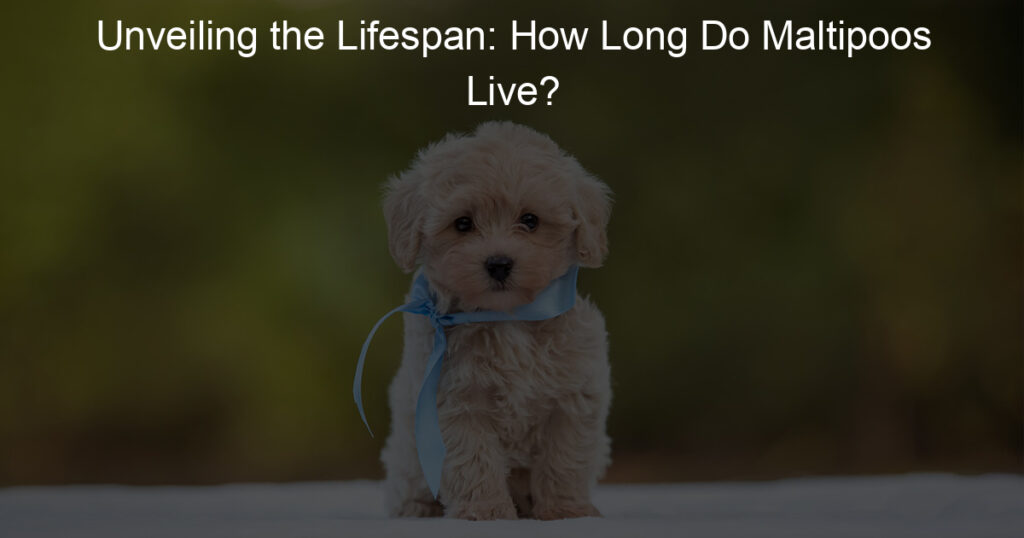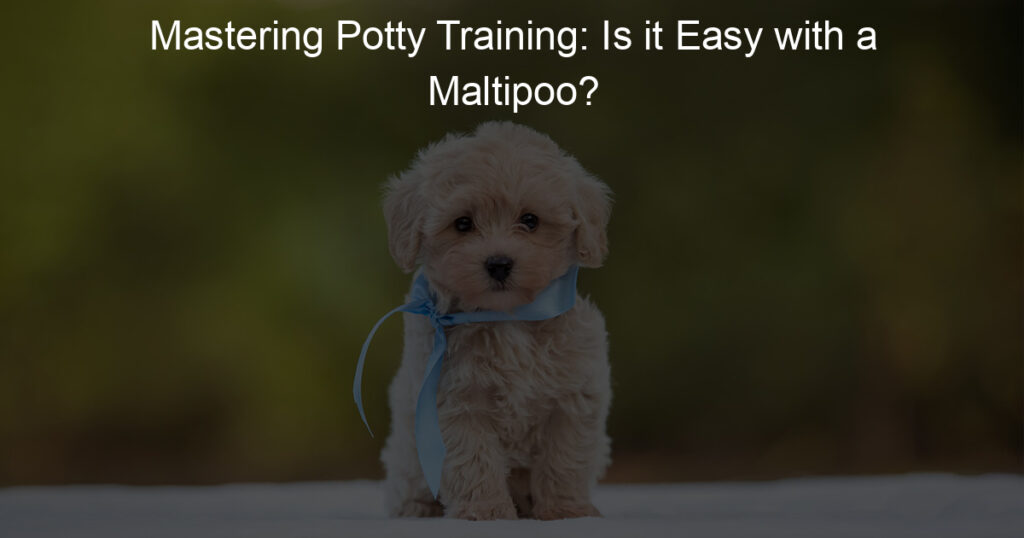The teething process for puppies can be very frustrating for owners.
The constant whining, chewing, and gnawing by your pup is going to drive you crazy.
Not only that, but it’s also unhygienic as the saliva gets locked in their gums and will lead to tooth decay.
That’s where the teething process comes in! Just as humans can shed their teeth throughout life, so do dogs too.
At around 6 – 8 weeks of age, your puppy will start showing visible signs of the teething process. Teething is a natural process that puppies go through to help them break loose from their puppy teeth.
Once they’ve finished with those teeth they move on to new adult teeth that come in at about 8 weeks of age and continue until around 12 months old or until their adult set of teeth finishes coming in.
If you notice your pup showing the following signs you should watch out for a few other potential issues such as dental disease or even something more serious like an infection:
Chewing excessively on toys or things such as shoes and socks Rubbing their gums against anything hard like walls, furniture, door handles, or even cabinets (in case they get locked in) Whining, mewing, or crying when being held or petted Loss of appetite or refusal to eat.
Hard stools Lumps, bumps, or swelling around the gums.
To help with the teething process you should ensure your pup has plenty of chew toys and treats such as rawhide bones.
You can also give them cold objects such as wet towels that have been frozen in a zip lock bag or ice cubes to help numb their gums!
Finally, make sure that you brush your pup’s teeth regularly to avoid any dental problems and keep their breath fresh.
By following these steps you can ensure that your Maltipoo stays healthy, happy, and pain-free during the teething process!
How do I know if my dog is done teething?
It’s not always easy to know if your dog is done teething.
If you notice excessive chewing or gnawing on anything hard, it could be a sign that they are still teething.
If your pup is sleeping more than usual and isn’t eating as much, then this could also be a sign that they are still in the process of teething.
Another way to check is to look at their gums.
If their gums have changed color or have become swollen or inflamed, then it could be a result of their chewing on things too forcefully.
Do puppies cry at night when teething?
Puppies may cry at night when teething, but this is only because the pain of their teeth developing is worse at night than during the day.
When puppies are chewing and gnawing on their paws or feet, they usually sleep in a position where one foot or paw rests on their face.
If you notice that your dog is sleeping with one paw or foot over their nose, then you should check for any wounds or sores on the foot/paw and give them a thorough cleaning.
The best way to clean out these wounds is with a warm wet washcloth so that you can remove any dirt and bacteria before it gets locked in their gums or mouth.
Do dogs sleep more when teething?
A common misconception is that dogs sleep more when they are teething. The truth is when your pup is teething it will sleep a little more and play a lot less.
This can indicate that they are feeling a bit under the weather or in pain. So it’s best not to leave them alone and make sure their environment is as comfortable as possible to avoid any unnecessary stress.
What age is dog teething The worst?
The age of your dog at the start of the teething process will vary depending on what breed of dog you have.
For example, Maltipoos may not start to show signs until they are around 4 months old and Yorkies may begin teething as early as 3 weeks of age.
That said, it’s best to take note of any changes in behavior from your pup starting from when they are about 6-8 weeks old onwards and if you notice any changes in their behavior, go for a vet check-up where they can get a full check over to make sure nothing is going on with their teeth.
How can I help my Maltipoo teething?
There are lots of things you can do that will help ease the teething process for your pup.
– Start by giving your pup small, soft objects to chew on, like a Kong or Nylabone. These types of toys can help keep their attention and are made for dogs’ powerful jaws.
– Consider putting some frozen food in a bowl of water in the fridge and letting them eat from it when they need something cold to soothe their gums. It’s also important to give them plenty of fresh water as this is one way that they cool down their mouths during the teething process.
– If your dog starts chewing on anything hard like walls, furniture, door handles or even cabinets make sure you immediately get them out of there and find something else to chew on instead.
– You should also consider investing in some pain relief options such as a tripe or rubbery teether toy that will help ease the discomfort your pup may be feeling.
Good Luck.
